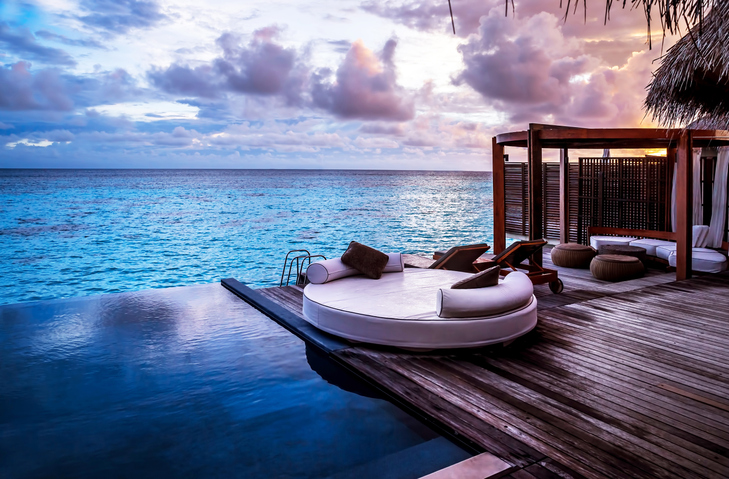
By Adam and Larry Mogelonsky
However much we think of dynamic pricing and yield management as a science, there’s still an art to it because underpinning every hotel reservation is human emotion. To help explain concepts like this, a little numerical exploration can really shine a light on things.
Let’s start with smaller numbers to give this an opening perspective. We’re both big fans of wine, so consider a bottle of table wine. Imagine that the marketing gurus at whichever the chosen wine brand is have a chat and decide that the optimal price for this bottle is a clean $10.00. But that’s a full four digits, and you well know from experience, the savvier option is a three-digit sticker at $9.95. While a negligible decrease, it nevertheless results in a disproportionate, irrational upswing in sales.
Now compare this same five-cent differential but for $10.00 and $10.05. The sales difference will likely be insignificant. This is where the wine wizards might as well price it at $14.95 or $19.95—going big or going home in order to come in just under the next highest psychological threshold.
Now, bring this math to the world of hotels. Slide those digits two spots to the right and you will have a daunting four-digit nightly rate. In other words, those same psychological thresholds that existed at $9.95 or $19.95 for wine also exist for hotel rates at $495, $995, and $1,495.
Staying slightly under can therefore result in more sales than a revenue model would predict, while conversely there’s our adage: with great rate comes great expectations. That is, if you want to process beyond these thresholds, you need to support your rate with a disproportionately higher level of service and amenities in order to appease the emotional mindsets of your guests.
Once observation we’ve made from working with properties in the luxury category is that crossing the grand mark means you’re onto the next thrill: rate discovery. To explain this concept further, once you’ve built your operations to support four-digit rates and are able to cross that threshold, price becomes far more inelastic from the guest’s perspective.
Where does your rate establish its new equilibrium? Could it be $1,250 or why not $1,495? Heck, maybe even a bold $2,195. Per the wine bottle numbers, if you’re going to cross this psychological threshold, why settle at only $1,005?
This is something that many revenue systems and AI-driven models can quite anticipate just yet. They are getting better with upwardly mobile rate discovery, but you still must act as the human judicator above the software to guide it through the more artful emotional states of your desired guest.


